HAFU OBSESSION
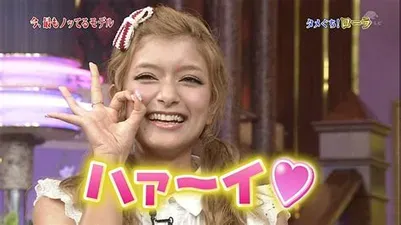
Today we will have a look at the hafu hysteria that has quite literally taken over japanese media and society. First we must know what the term hafu is referring to, coined in the 70s it stemmed from a new phenomenon in Japan.
It was around the 80s and Japan had already surpassed the rest of the world in terms of economic growth, they were the lead in technological advances and the unemployment rate was 4.9%. Compare that to today’s standards around the world and you would agree that Japan were truly in their golden era. Many people around the world noticed this too and decided to pack up their things and migrate. During Japan’s economic boom there was an increase in Japanese nationals having children with foreigners. This then spanned over several decades, slowly and steadily increasing. It now remains a constant to this day.

Unfortunately, the economic boom was not sustainable and like so many bubbles it soon popped. Japan faced a sharp decline which became so painful for the country that the entire 90s period is known as the “Lost Decade”. This period affected the future of an entire generation in Japan and birthed the hikikomori culture which is observed in Japanese society today. History lesson over.
Back to Hafu. Hafu are Japanese in every way, however one parent is Japanese and the other parent is of a different race and/or ethnicity.
It’s the reason that locals in Japan refer to these individuals as hafu- meaning mixed or half of. Many ‘hafu’ in Japan detest the term as they feel it alienates them from their Japanese identity. For those on the outside, Japan has always appeared to be a homogeneous country but is that really the case? The country has a history of limiting migration and closing itself off from the rest of the world. They even launched an isolationist foreign policy from 1603-1868, limiting foreign relations and banning entry into Japan for a whopping 265 years. This very condensed historical context is important, many Japanese politicians refer to the society as homogeneous. As they believe it to be inherently so. This is apparent in political speeches when a famous quote is used about Japan being “one nation, one civilization, one language, one culture and one race”.

This isn’t actually literal but the line itself has infiltrated the psyche of the nation, most likely an old saying from days gone by. Taken literally, it doesn’t really leave room for anything or anyone else. However, Japan has been suffering a rapid population decline that could mean economic devastation and societal collapse in the next few decades if things don’t change. Therefore, for the last decade, the Japanese government has been furtively allowing thousands of foreign workers to come to Japan for work. In 2018 they made it official and the government signed a bill allowing hundreds of thousands of foreigners around the globe to work in Japan in specific sectors such as nursing, construction and many more. This has somewhat contributed to the changing face of its population.
After WW2 Japan began to consume more and more Western media and the people became enamoured with Western stars from film and TV, especially those with European heritage. It was their foreign beauty, their features, their stark difference from themselves, even European languages were viewed as exotic and glamorous. Although Japanese nationals are having children with foreigners of many different races and ethnicities today, many locals prefer a particular “mix”. That mix being half Japanese and half white, this is thought to be the perfect mesh of ideal beauty standards. There is even a formula that some in Japan swear by:
Japanese × Non Asian = 1/2 = Good looking
I wish I was joking. There are individuals that believe someone mixed is more beautiful as they have the desired features from their European heritage which somewhat mutes the Japanese features, locals feel this combination enhances the face’s overall attractiveness.


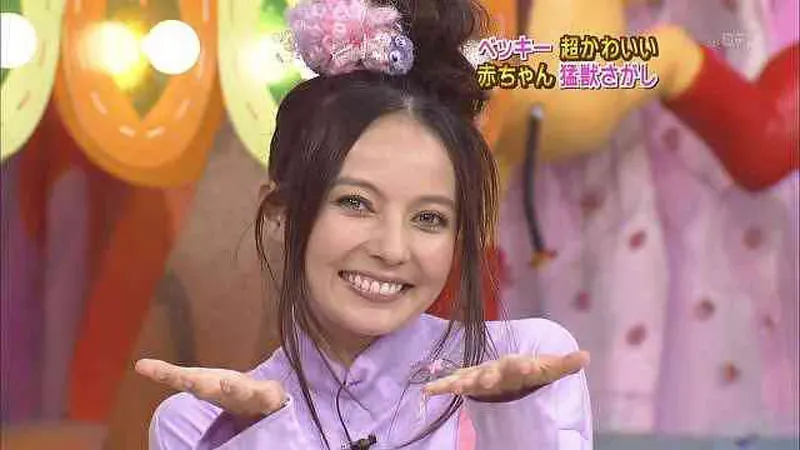
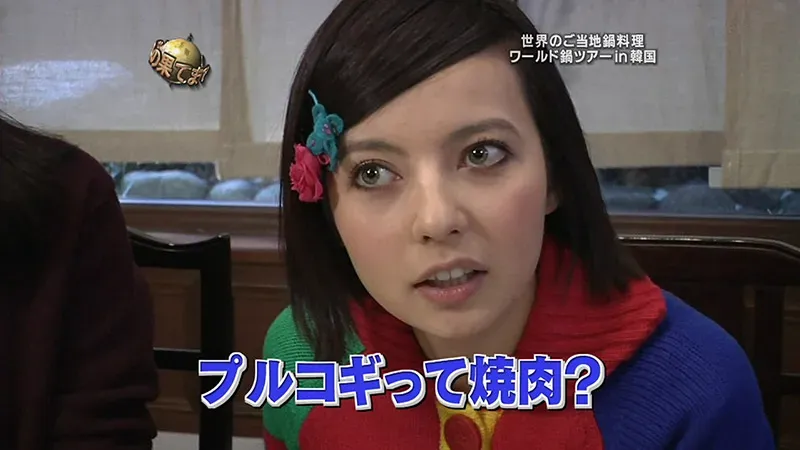
So much so that many hafu (half japanese half white) in this category are celebrated in Japanese TV and media. Which is interesting if you look at some of the European influence Japan’s media and culture has had.
Hafu are coincidentally very prominent in the Japanese entertainment industry and even influence local beauty standards and trends. As a result, Japanese girls and women alike have found themselves imitating the looks of hafu as they feel the need to compete with or just straight up look like them. Sought after features such as big wide eyes, long sharp nose, pale skin and thick brows are amongst the most popular in the country. Essentially, native women can spend hours doing their makeup to achieve the hafu look, as Asian features can appear flatter these women and girls can spend ages making their face appear more three dimensional. As well as adding coloured contacts and long thick lashes to complete the look.

What about people that don’t want to spend hours looking like hafu? Makeup isn’t enough for others and they have opted for going under the knife to achieve their dream look. There are many who have decided this is the easier option and with demand there will surely be supply. There is an abundant amount of plastic surgeons in Japan and around Asia that offer “hafu looking” or “foreign looking” reconstructive facial surgeries. This type of surgery is very popular in this part of the world to the extent that it is has become a specialised field. There are many clinics in Japan that use targeted advertising for these specific procedures.
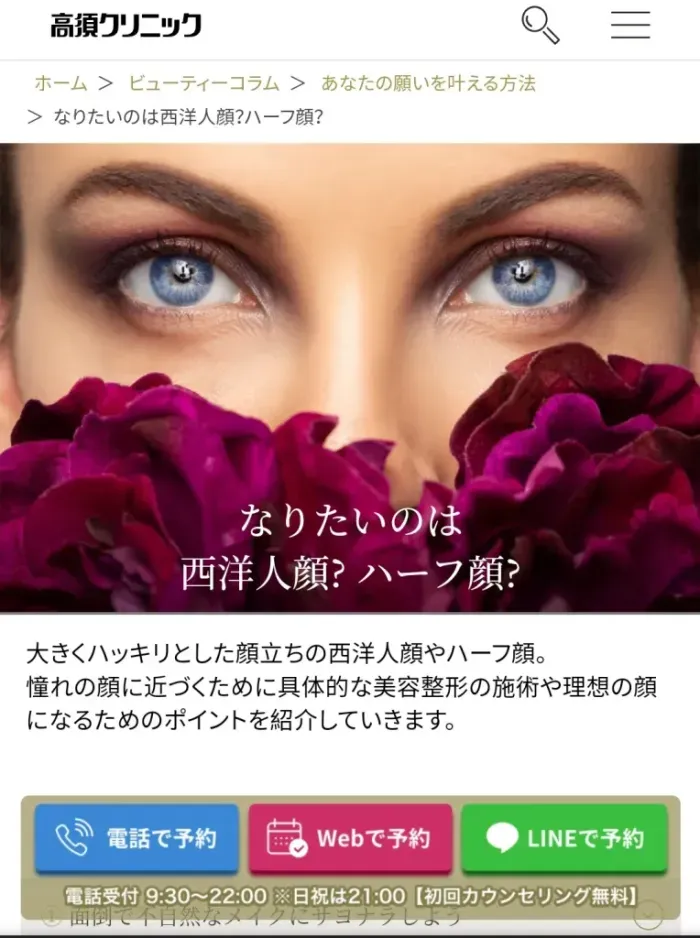
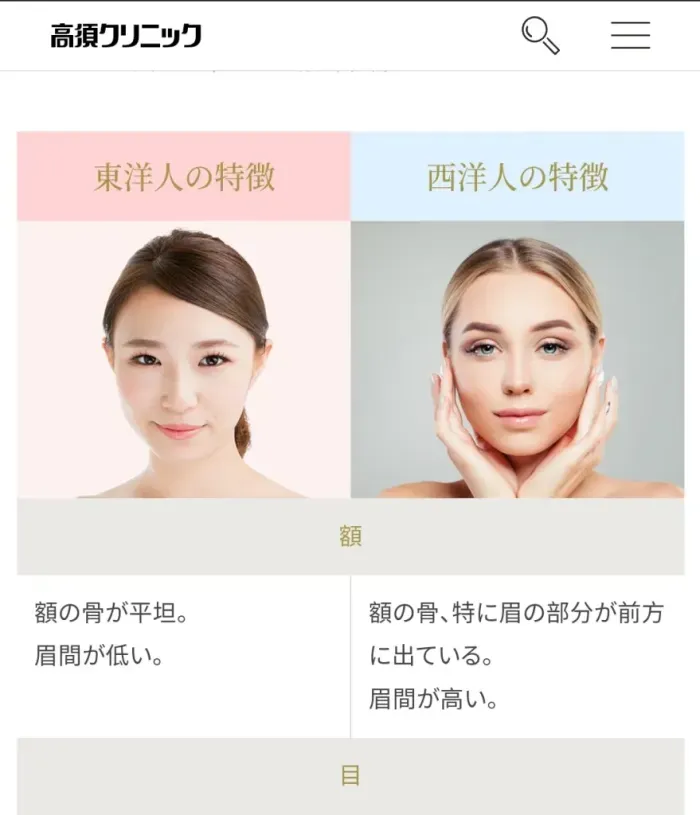
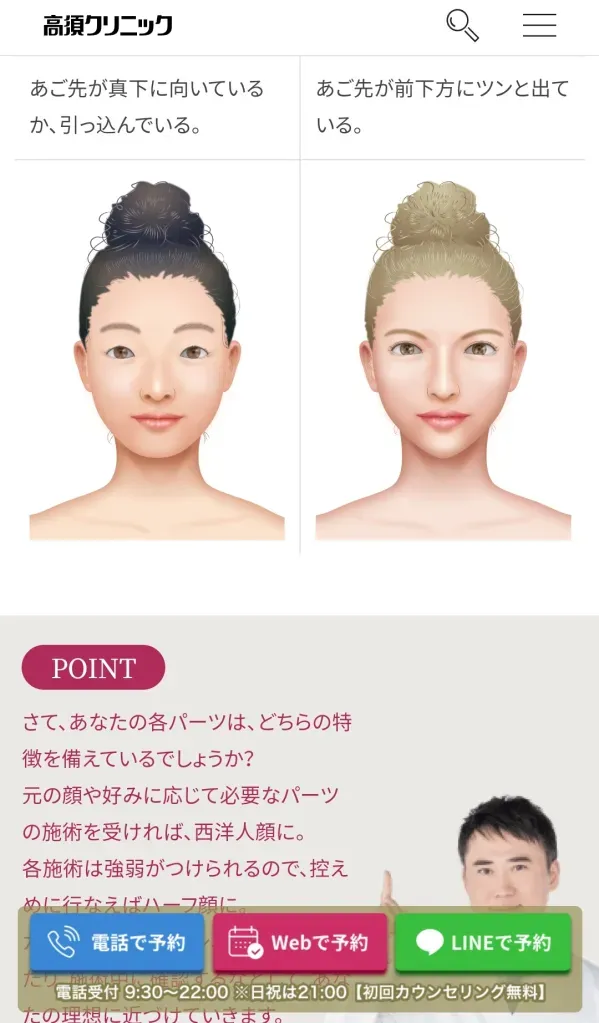
What are the implications of this? Well we are seeing it happen already, low self esteem increases particularly in the female population due to damaging messaging through TV, film and other media. The glorification of “hafu features” subconsciously teaches younger Japanese people to dislike their own natural features that make them who they are. This sets a dangerous precedence on what is perceived as beautiful and we all know trends change and are very cyclical so what happens when there is another standard set?
This is a growing concern amongst most of the world as plastic surgery becomes more common and affordable, becoming readily available to much younger and impressionable people who have not given themselves the time to grow into their skin and make a more informed decision not based solely on emotion.
Most hafus that are not in the public eye feel alienated in Japan even if they were born there. Japanese people are very keen to question hafu people about their heritage which is tiring for them. Almost all hafu born and living in Japan share that they are still stopped in public and asked when they arrived in Japan. The fascination surrounding hafus at times feels like that of an animal in a zoo, Anna who has a Japanese mother and American father spoke to CNN about the constant unwanted attention she received growing up in Japan
“I don’t know how many hours I’ve spent telling my life story to strangers who want to fulfill their curiosity,” says Anna. “It was getting to a point where I thought, Why do I need to share my biological background with someone I’m never going to meet again?”
Japan has very little foreign migration compared to countries like the UK and US which may be a reason as to why hafu in Japan still face difficulty assimilating into their own societies simply due to their appearance. Unfortunately it’s still a novelty to many locals as it is not a common sight. However, foreign/Japanese marriages continue to steadily rise over time.
In 2018, the World Population Review summed up the percentage of the Japanese population considered “ethnic” at 98.5 percent, a very high number in the context of our increasingly globalized world.

As of today these stats have not changed. However there could be another reason for this. In the UK for example, people are asked to identify their ethnicities in surveys. This is not the case in Japan as up until 2013 there were only two options to choose from, Japanese or ‘foreigner’. Leaving many other groups to fall through the cracks and go completely unnoticed in national records and statistics. Japanese law was slightly tweaked in 2019 to recognise indigenous Ainu people as a minority but there are still no options on census forms for people of a mixed heritage. Maybe Japan isn’t 98.5% ethnic like so many people harp on about, maybe it’s just the lack of representation for other demographics.
Hafu that live in Japan and are not famous entertainers regularly share their negative experiences of growing up in Japan. The harassment and bullying of young hafu in Japan have caused some of these children to fall into depression, trauma and even contemplate suicide. Many Japanese locals say hafu are successful and idolised in Japanese culture, Lawrence Yoshitaka Shimoji believes this disconnect in Japan is due to the lack of studies on the experiences of people with mixed heritage in Japan. Lawrence, born from a mother considered hafu, started the website hafu talk to raise public awareness and break negative stereotypes attributed to those with mixed heritage.
As discussed earlier, in Japan there is an ‘ideal mix’ (white and japanese) which is considered aesthetically pleasing. This is to the point that Japanese people will praise a Japanese woman who is pregnant by a foreign white man as the child will most definitely be beautiful. As these hafus are given some prominence in the country it isolates other hafus as this is not the only mix that exists in the country. Hafu of Japanese and Black heritage face particular dfficulty in Japan as they face discrimination from members of the public, are regularly stopped by the police and often not treated as fellow citizens. These hafus have sometimes even been refused housing from landlords due to their skin colour, they share a very different experience to hafus with a european heritage but both are still not considered Japanese by their fellow people. Who considers someone to be Japanese or not Japanese enough though?

In 2015 a lot of Japanese nationals felt they were the judge of deciding who could and could not be Japanese.
Ariana Miyamoto entered the yearly Miss Universe Japan beauty contest after a mixed race friend committed suicide. Her goal was to enter the contest in memory of her friend and to raise awareness of racial discrimination. In March 2015 Ariana was crowned Miss Universe Japan, she immediately faced criticism from netizens for not being Japanese enough.
Social media platforms like Twitter were amass with opinions about Ariana winning miss universe Japan 2015. Most have since been deleted or reported for abuse on the platform but were recovered by news sources beforehand.
“Is it ok to choose a haafu to represent Japan? Sometimes the criteria which they use to select Miss Universe is a bit of a mystery,” @sabu_love_a tweeted.
“The contradiction that is having a haafu Miss Universe Japan …” wrote @oku_6_doku
“Even though she’s Miss Universe Japan, her face is foreign no matter how you look at it!” said Twitter user @2ygravity.
“Beauty contest. Miss Universe Japan is….wha? What kind of person? She’s ….not…..Japanese…right?” wrote another Twitter user.

Ariana is daughter to a Japanese mother and African American father and was born and raised in Japan. She endured abuse after winning the crown because of her skin colour, countless netizens felt she was not fit to represent Japan as someone with mixed heritage. Ariana herself expected this as she had been bullied and racially abused during most of her upbringing in Japan. Miyamoto used her first television appearance after winning to explain to reporters and the public that while she doesn’t ‘look Japanese’ on the outside, on the inside, there are ‘many Japanese things about her.
Comments ()